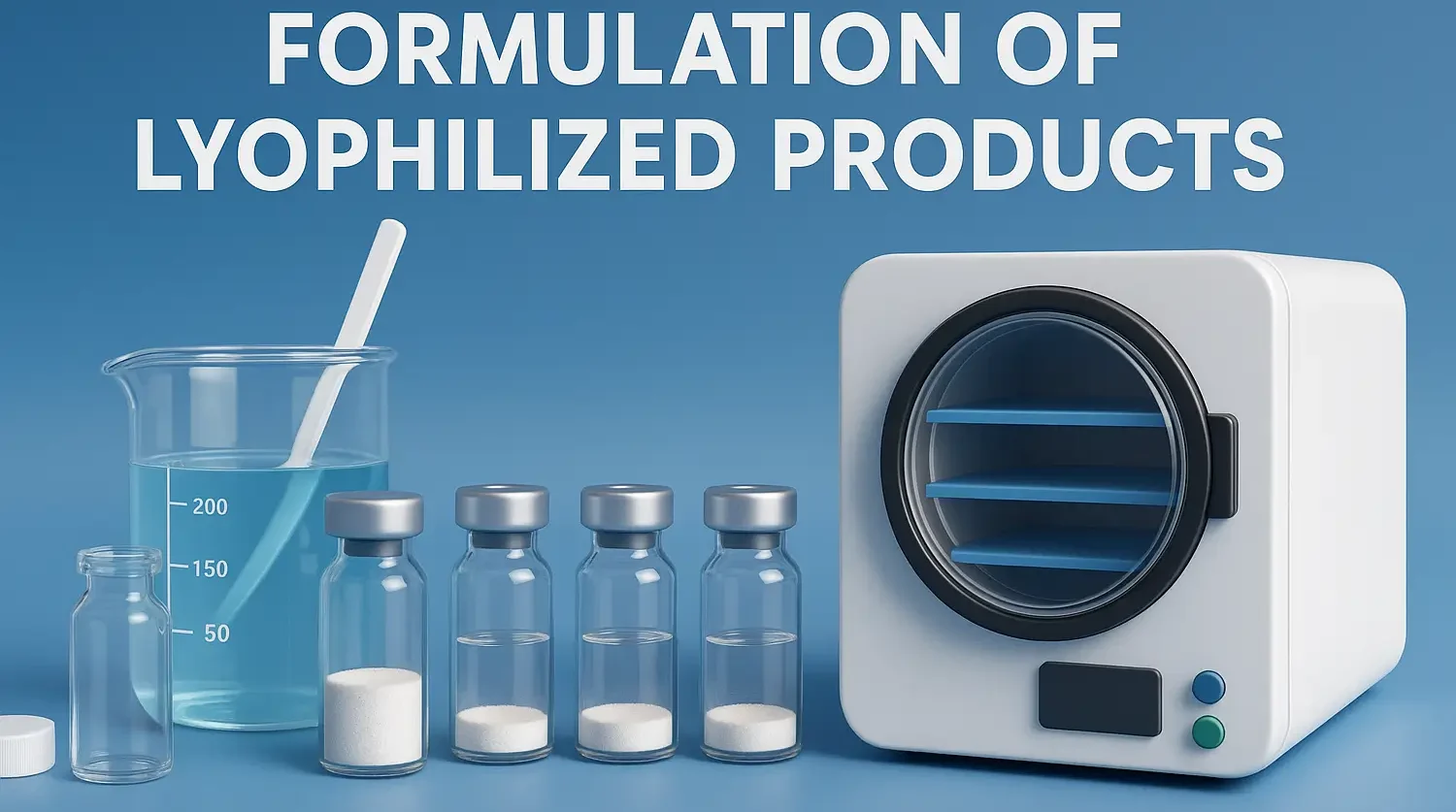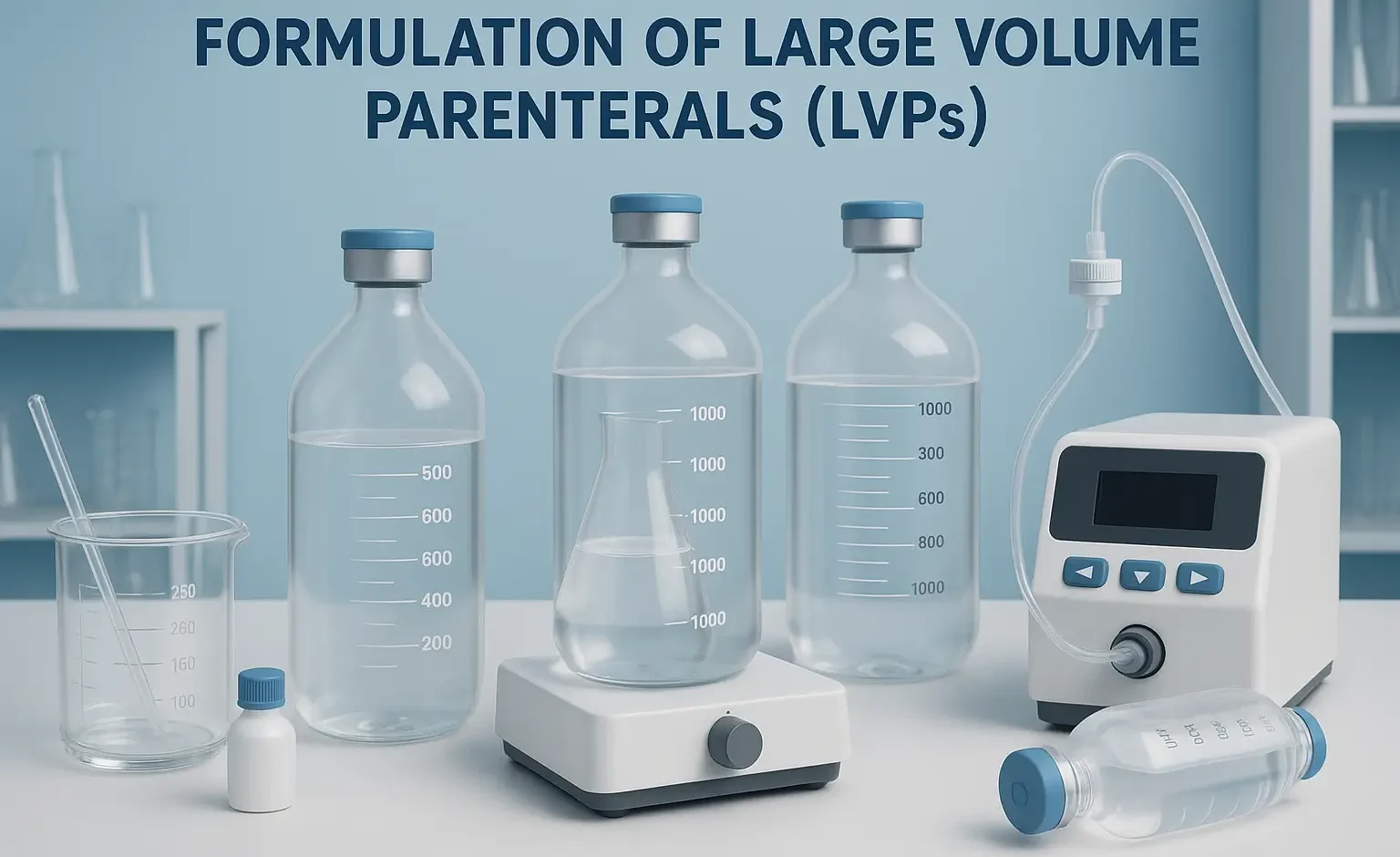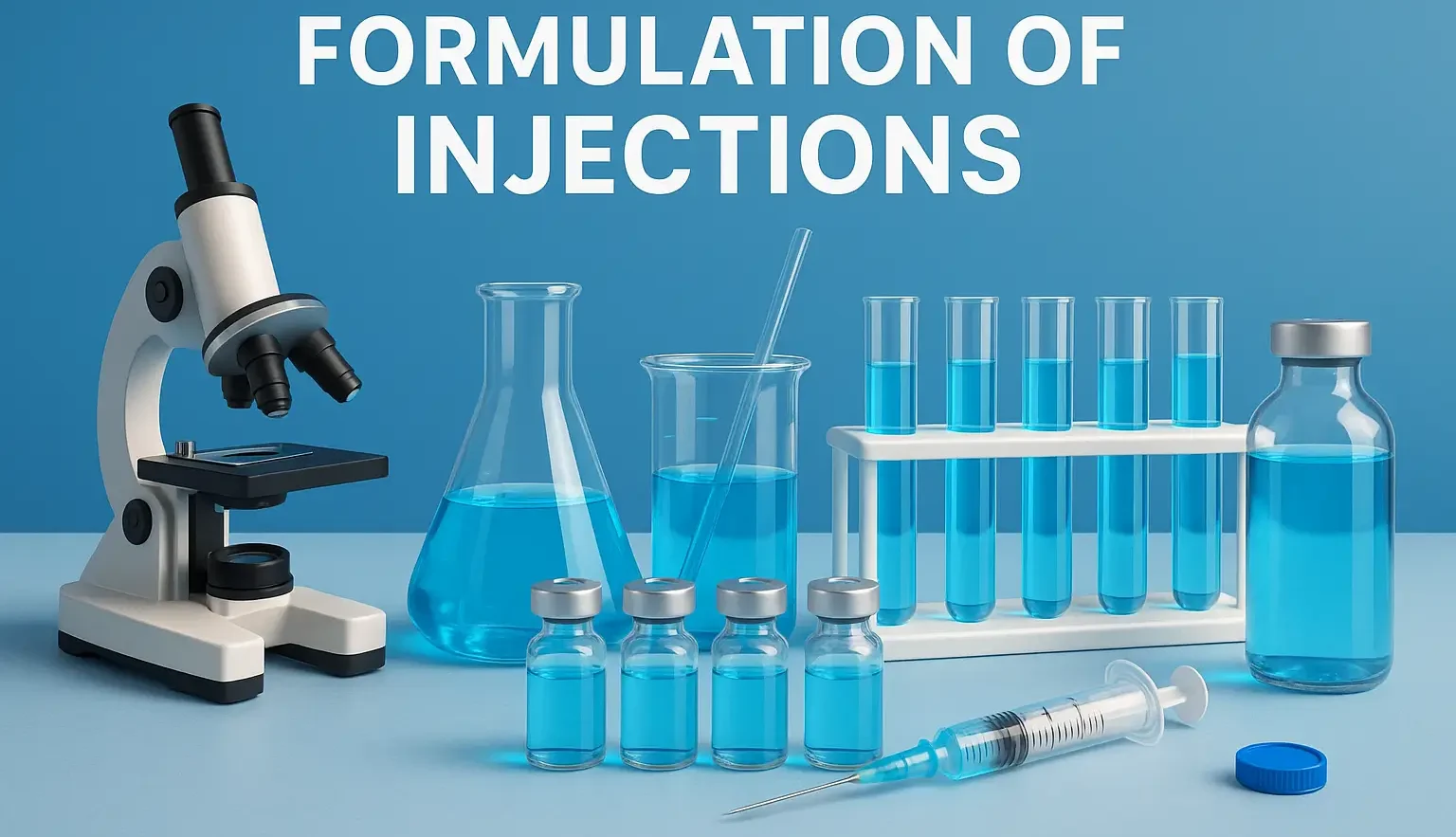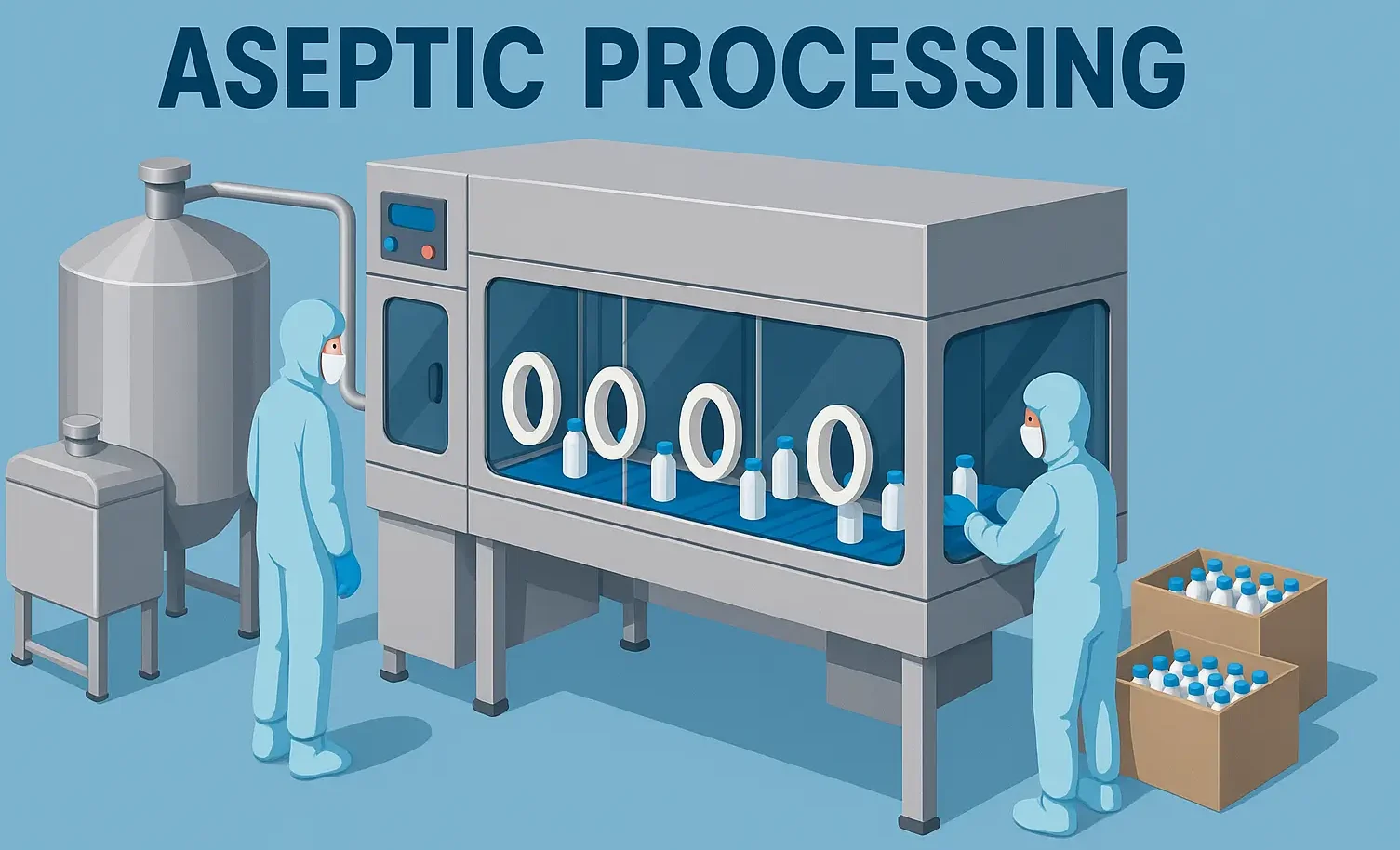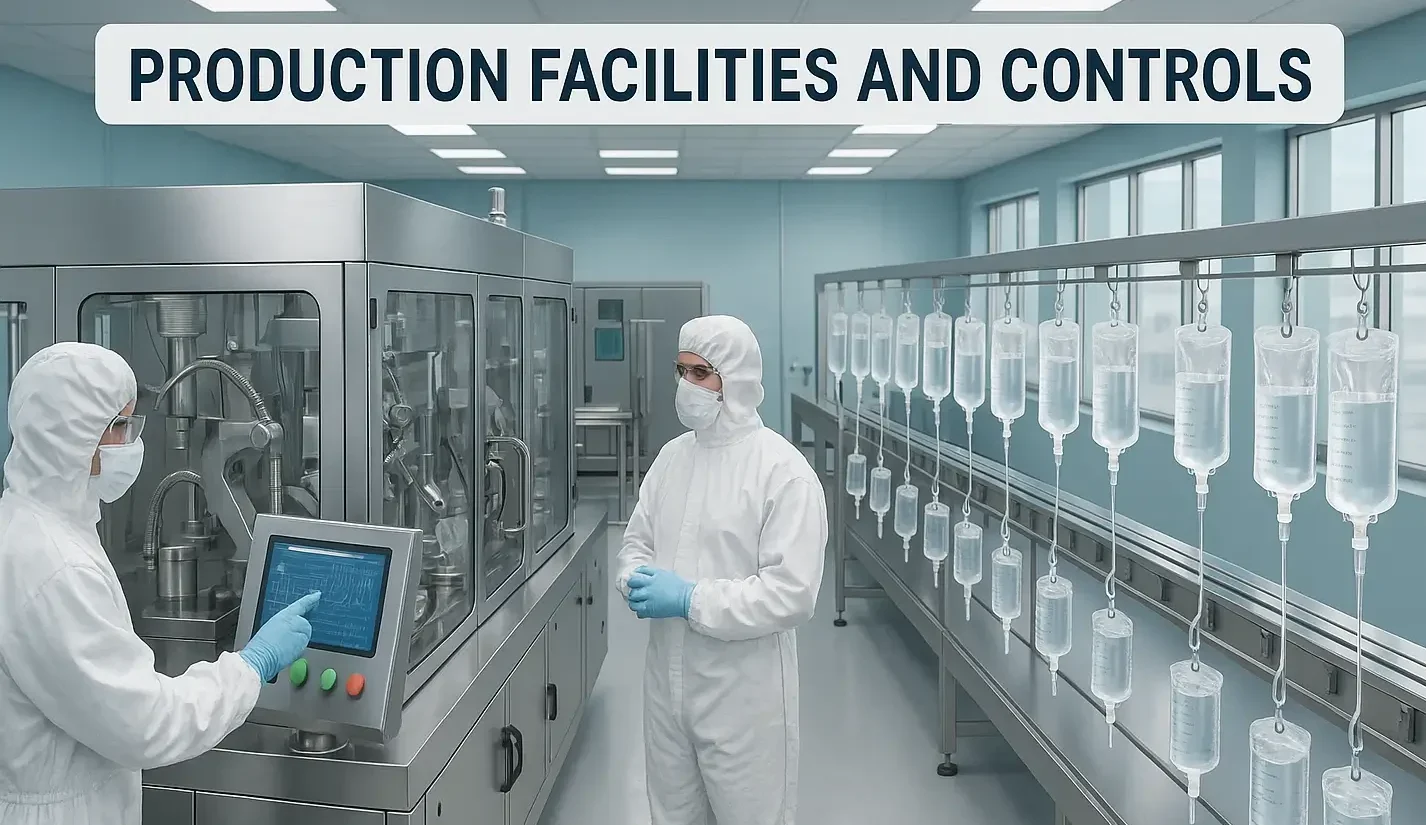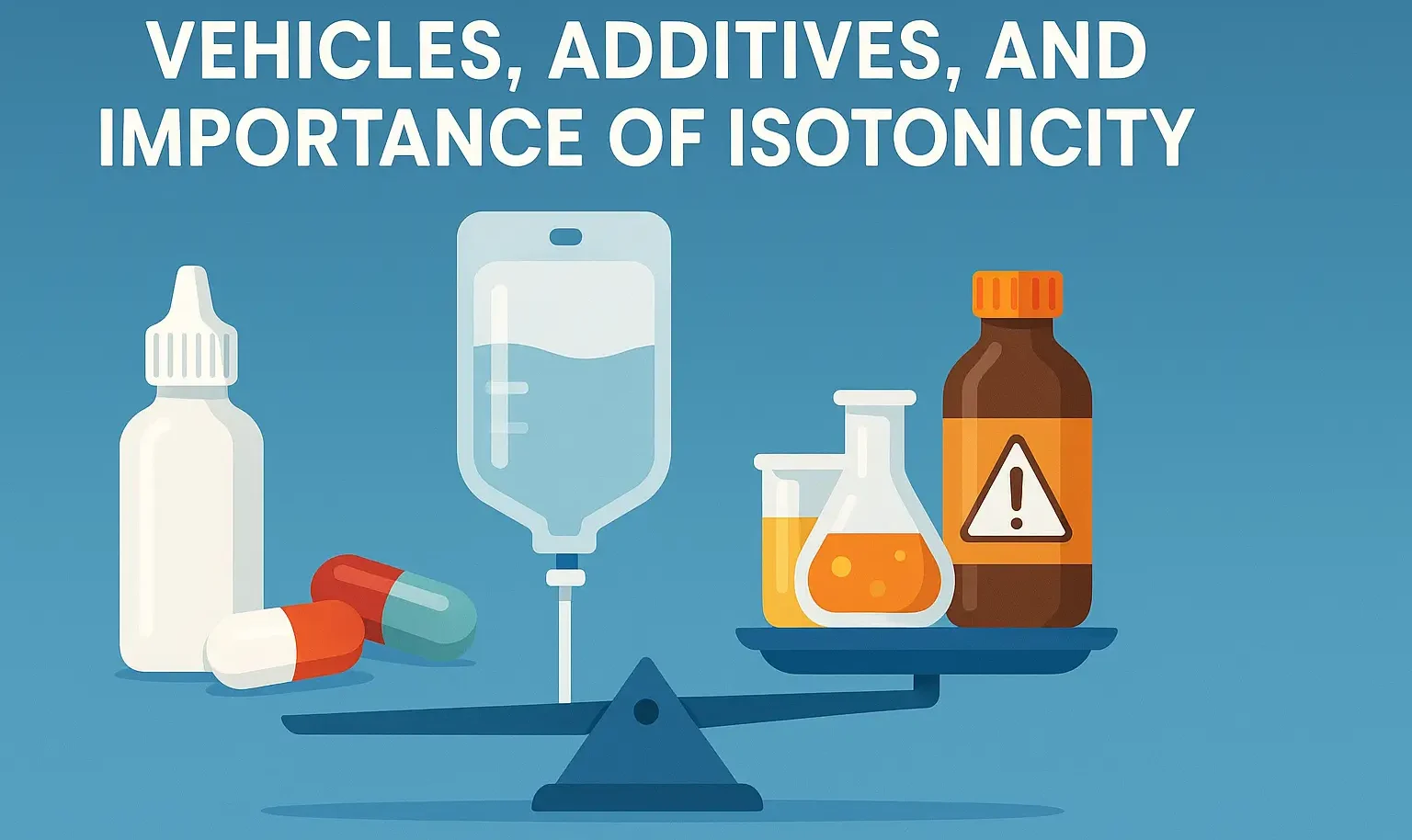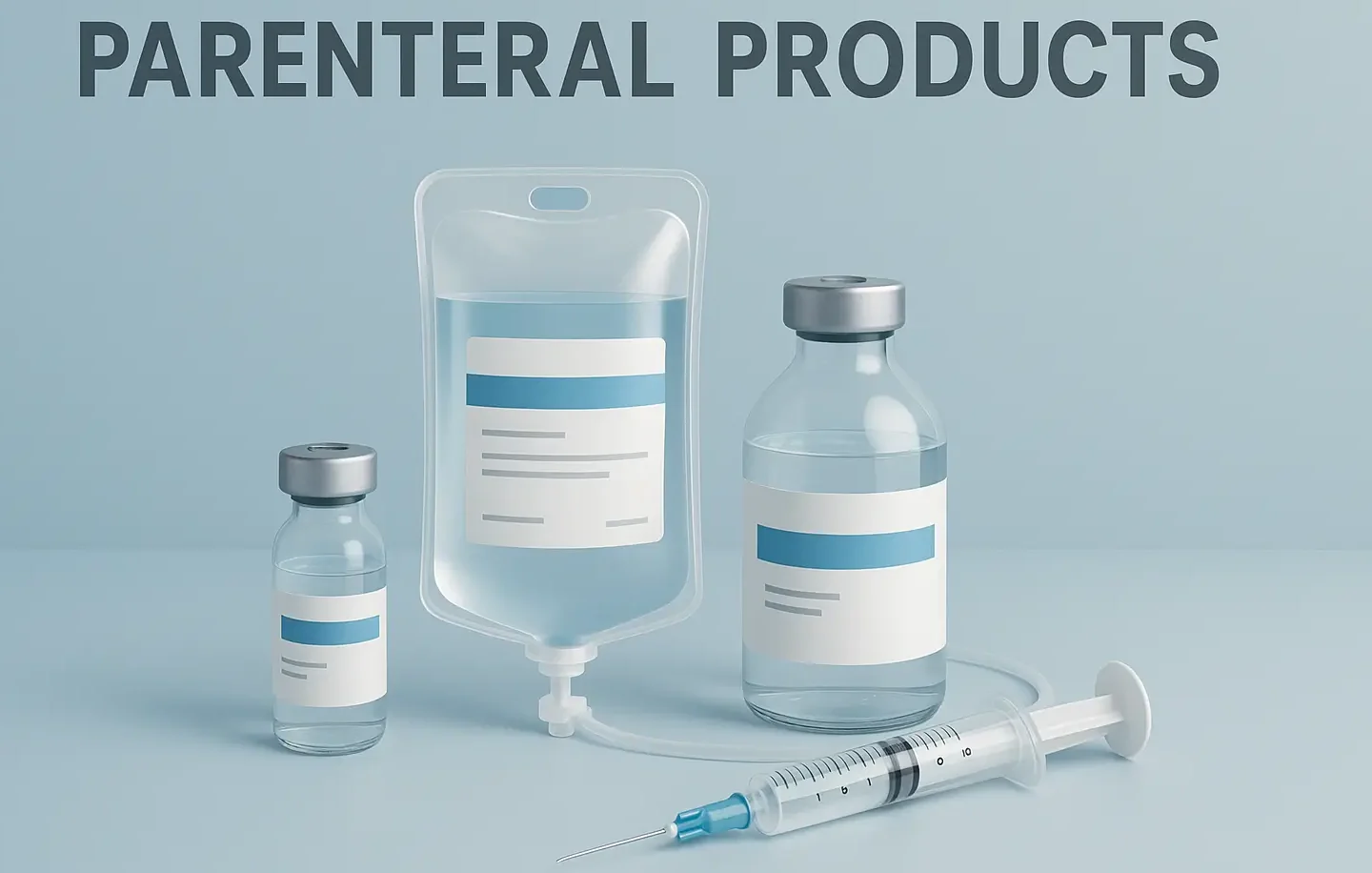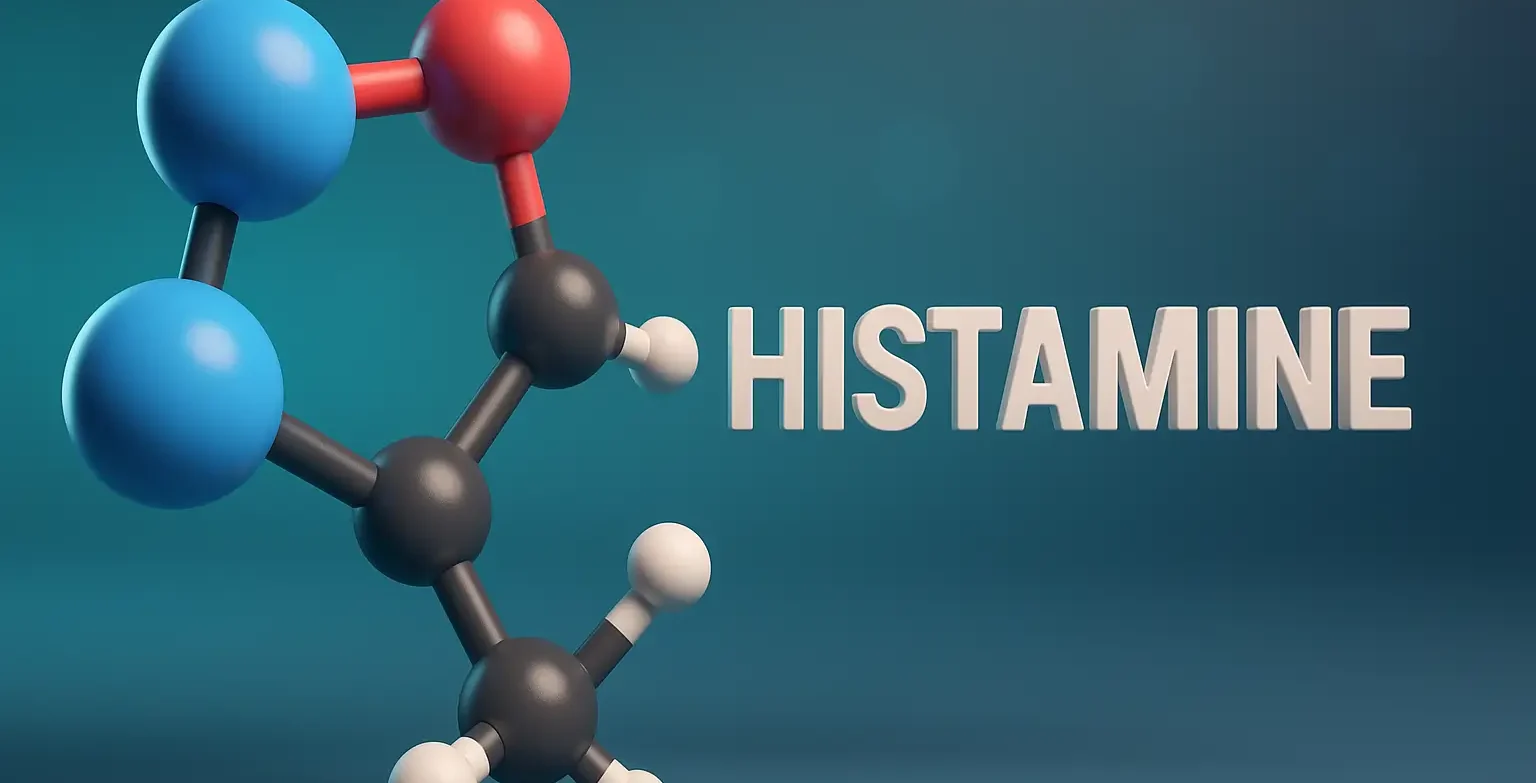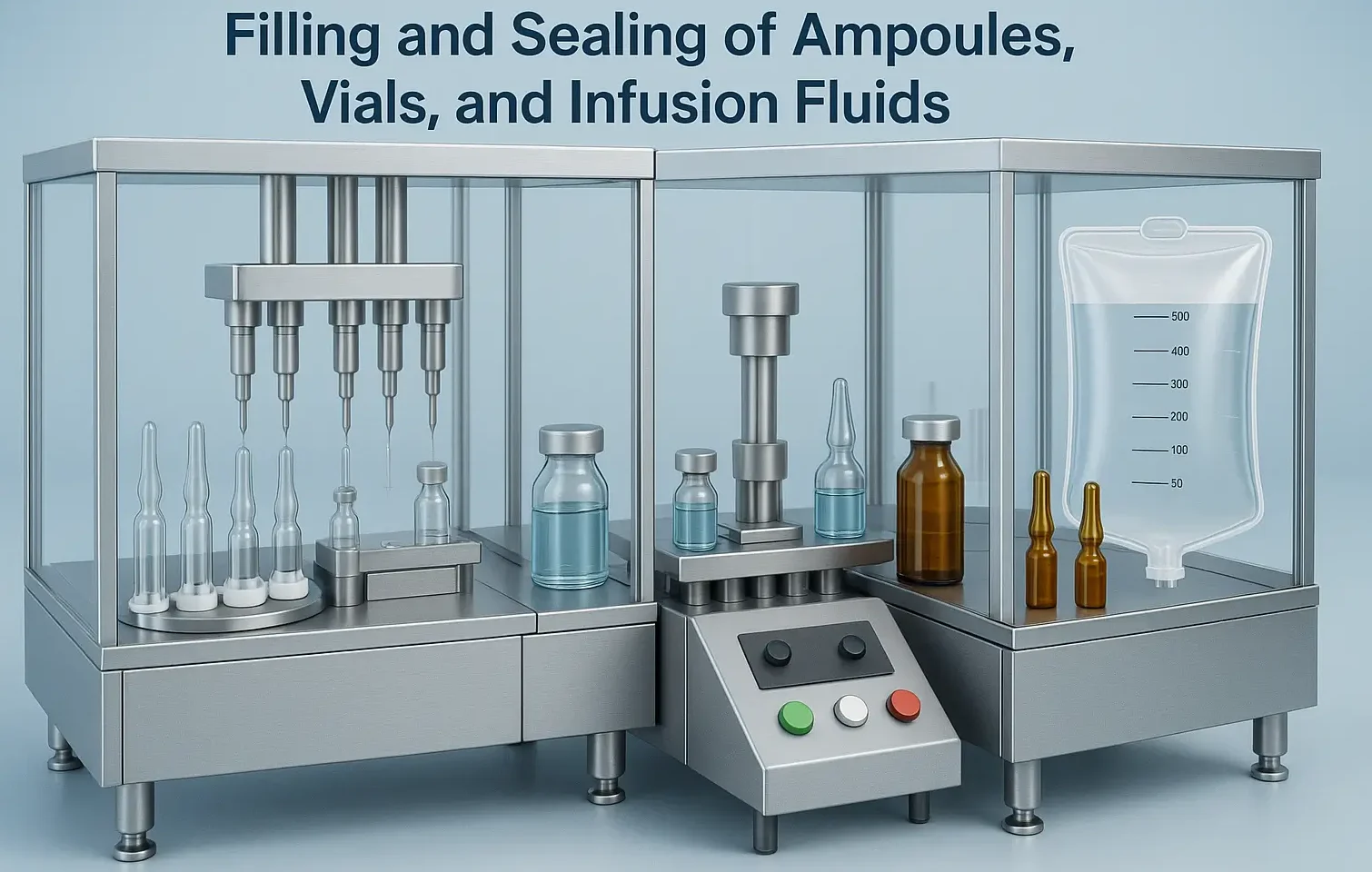Formulation of Lyophilized Product
Formulation of Lyophilized Product involves selecting stable excipients and optimizing drug-solvent systems to ensure product stability during freeze-drying Formulation of Lyophilized Product ensures long-term stability, sterility, and rapid reconstitution. Lyophilized products are prepared using freeze-drying to extend the shelf life of drugs, especially those sensitive to heat or moisture. Steps in Lyophilization: Preparation of Solution: The drug … Read more

